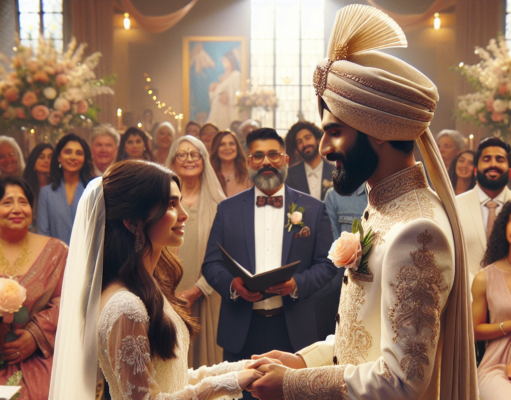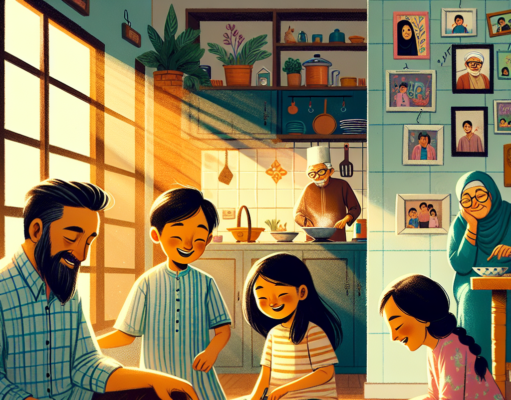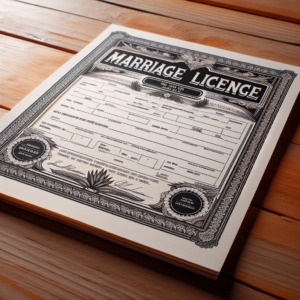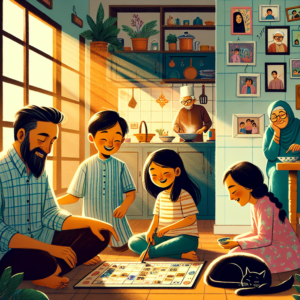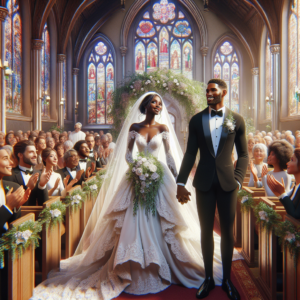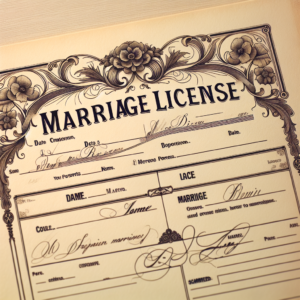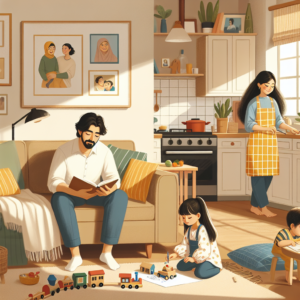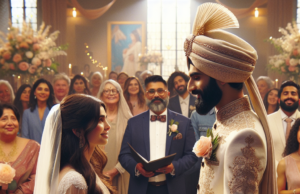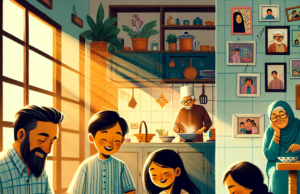Unveiling the Shocking Legal Marriage Changes Reshaping Our Future
In recent years, marriage laws across the globe have undergone significant transformations, reflecting the evolving values and norms of contemporary society. These changes, which range from the recognition of same-sex unions to the introduction of new legal frameworks for cohabitation, are reshaping the institution of marriage in profound ways. This article delves into the recent legal changes impacting marriage laws worldwide, examining the factors driving these shifts, the role of technology, and the implications for family structures and relationships.
Understanding the Recent Legal Changes Impacting Marriage Laws Worldwide
The landscape of marriage laws has seen a seismic shift in various countries, with many jurisdictions revising their legal frameworks to accommodate diverse family structures and relationships. Notably, the legalization of same-sex marriage in numerous nations has marked a pivotal moment in the recognition of equal rights. Countries like the United States, Canada, and several European nations have embraced these changes, while others are still grappling with traditional norms. Additionally, some regions have introduced laws that recognize civil partnerships and cohabitation, providing legal protections for couples who choose not to marry. These developments reflect a broader societal acceptance of varied relationship dynamics, challenging the conventional definitions of marriage.
Key Factors Driving the Evolution of Marriage Legislation in Modern Society
Several key factors are driving the evolution of marriage legislation in modern society. Firstly, shifting cultural attitudes towards love and partnership have led to increased advocacy for equality and inclusivity in marriage laws. The rise of social movements advocating for LGBTQ+ rights has played a crucial role in pushing for legal recognition of same-sex marriages. Furthermore, demographic changes, such as delayed marriage and rising divorce rates, have prompted lawmakers to reconsider existing legal frameworks to better reflect contemporary family dynamics. Economic factors, including the growing acceptance of dual-income households and the need for legal protections in non-traditional arrangements, have also influenced the evolution of marriage legislation.
The Role of Technology in Transforming Traditional Marriage Practices
Technology has emerged as a significant force in transforming traditional marriage practices, reshaping how couples meet, communicate, and even marry. Online dating platforms have revolutionized the way individuals find partners, leading to a more diverse array of relationships. Additionally, social media has changed the dynamics of courtship and engagement, allowing couples to share their journeys with a wider audience. The rise of virtual ceremonies, particularly during the COVID-19 pandemic, has also highlighted how technology can facilitate marriage in unprecedented ways. These advancements have not only altered the traditional timeline of relationships but have also prompted legal considerations regarding digital contracts and virtual unions, further complicating the legal landscape of marriage.
Implications of New Marriage Laws on Family Structures and Relationships
The implications of new marriage laws extend beyond the legal recognition of partnerships; they significantly impact family structures and relationships. As marriage becomes more inclusive, families are increasingly diverse, encompassing same-sex couples, blended families, and single-parent households. This evolution challenges traditional notions of family and parenting, necessitating legal frameworks that provide equitable rights and responsibilities for all family members. Moreover, the recognition of cohabitation and civil partnerships has led to a reevaluation of legal obligations, such as inheritance rights and child custody arrangements. As society adapts to these changes, the legal system must continue to evolve to ensure that all families are afforded the protections and rights they deserve.
Global Perspectives: How Different Countries Are Adapting to Marriage Reforms
Countries around the world are adapting to marriage reforms in various ways, reflecting their unique cultural, religious, and legal contexts. In some nations, such as Sweden and the Netherlands, progressive marriage laws have been enacted, allowing for same-sex marriage and comprehensive family rights. Conversely, other countries, particularly in regions with strong religious influences, have resisted such changes, often citing cultural preservation as a justification. In places like India, recent legal battles have brought attention to the need for reform in marriage laws to accommodate interfaith and same-sex unions. This global perspective highlights the complex interplay between tradition and modernity, as nations navigate the challenges of reforming marriage laws while respecting cultural values.
Future Trends: Predicting the Next Phase of Legal Marriage Developments
As we look to the future, several trends are likely to shape the next phase of legal marriage developments. The ongoing push for gender equality and LGBTQ+ rights will continue to drive legislative changes, with more countries expected to recognize same-sex marriage and provide legal protections for diverse family structures. Additionally, the rise of cohabitation as a legitimate alternative to marriage may lead to the establishment of new legal frameworks that recognize the rights of unmarried couples. Furthermore, as technology continues to evolve, we may see the emergence of legal standards governing virtual marriages and digital contracts, prompting lawmakers to address the complexities of modern relationships. Ultimately, the future of marriage laws will reflect the ongoing dialogue between tradition and progress, as societies strive to create inclusive legal frameworks that honor the diverse realities of contemporary life.
The recent legal changes reshaping marriage laws worldwide signify a transformative period in the institution of marriage. As society continues to evolve, the legal frameworks governing marriage must adapt to reflect the diverse realities of relationships and family structures. By understanding the factors driving these changes and the implications they carry, we can better appreciate the ongoing journey toward a more inclusive and equitable legal landscape for all couples, regardless of their backgrounds or identities. The future of marriage laws promises to be as dynamic and multifaceted as the relationships they seek to govern.

